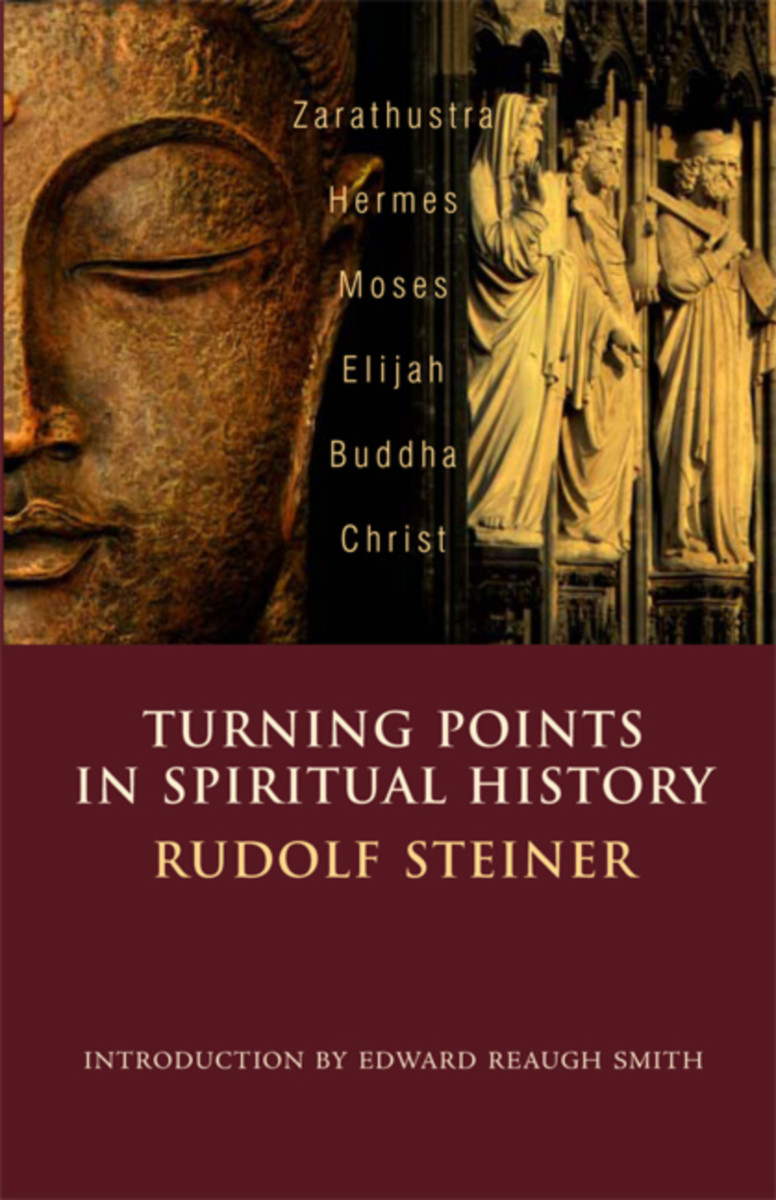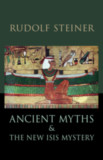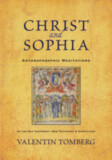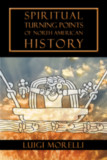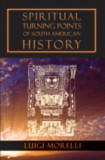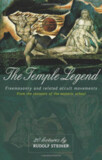Turning Points in Spiritual History
Zarathustra, Hermes, Moses, Elijah, Buddha, Christ
Edited by Harry Collison
Introduction by Edward Reaugh Smith
Translated by Walter F. Knox
- Publisher
SteinerBooks - Published
15th March 2007 - ISBN 9780880105255
- Language English
- Pages 240 pp.
- Size 5.5" x 8.5"
Lecture collection: January 19, 1911 – January 25, 1912 (CW 60/61)
“In our long human journey, individual and collective, the journey that science calls evolution, many indeed are the turning points. But they are not so much turning points in outer, material manifestation in the fossils of paleontology, for those fossils are only the shed garments worn by humans in an earlier age, vestments designed by providence to meet the need of a changing human consciousness moving through time. Where the real evolution occurs, for which the necessary outer garments are tailored over time, is in the realm of consciousness as it transitions from spirit to matter and back to spirit.” —Edward Reaugh Smith (from the introduction)
Rudolf Steiner gave the six lectures in this volume between January 1911 and January 1912. Soon after Steiner’s death in 1925, Marie Steiner—realizing the importance of those lectures for understanding the evolution of consciousness and the central role of the Christ event in that process—collected them under the title Turning Points in Spiritual History.
According to Rudolf Steiner, Earth is the crucible of cosmic evolution, and earthly evolution is accomplished through humanity. Further, there were five turning points—or critical, transformative moments—in the process leading to the culmination of the Christ’s incarnation through the Mystery of Golgotha. Each of those five points is exemplified by an individual: Zarathustra, Hermes, Moses, Elijah, and the Buddha.
Each of these lectures deals in turn with one of these great beings. In them, Steiner provides us with astonishing views of esoteric history and shows the remarkable ways in which the spiritual world guided and nurtured the spiritual evolution in preparation for the Christ’s appearance on Earth.
C O N T E N T S:
Introduction by Edward Reaugh Smith
1. Zarathustra
2. Hermes
3. Buddha
4 Moses
5. Elijah
6. Christ: And the Twentieth Century
Rudolf Steiner
Rudolf Steiner (b. Rudolf Joseph Lorenz Steiner, 1861–1925) was born in the small village of Kraljevec, Austro-Hungarian Empire (now in Croatia), where he grew up. As a young man, he lived in Weimar and Berlin, where he became a well-published scientific, literary, and philosophical scholar, known especially for his work with Goethe’s scientific writings. At the beginning of the twentieth century, he began to develop his early philosophical principles into an approach to systematic research into psychological and spiritual phenomena. Formally beginning his spiritual teaching career under the auspices of the Theosophical Society, Steiner came to use the term Anthroposophy (and spiritual science) for his philosophy, spiritual research, and findings. The influence of Steiner’s multifaceted genius has led to innovative and holistic approaches in medicine, various therapies, philosophy, religious renewal, Waldorf education, education for special needs, threefold economics, biodynamic agriculture, Goethean science, architecture, and the arts of drama, speech, and eurythmy. In 1924, Rudolf Steiner founded the General Anthroposophical Society, which today has branches throughout the world. He died in Dornach, Switzerland.


